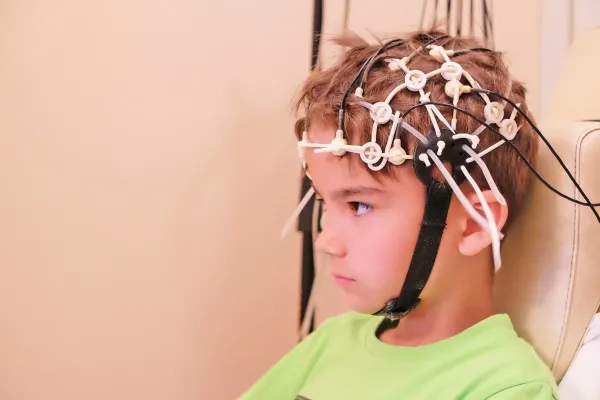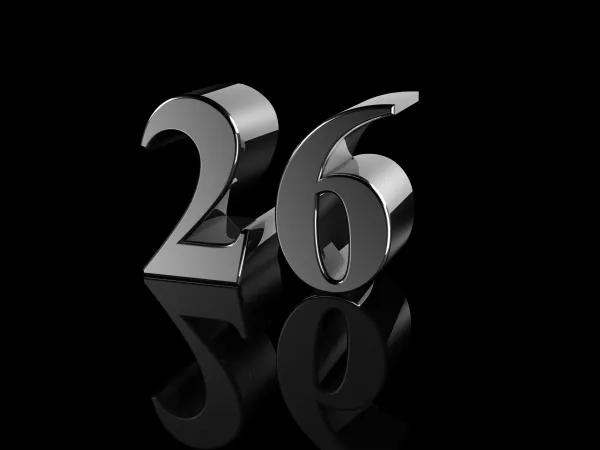Rev Up EEG/VEEG Coding Smarts to Start Year Right

Remember, you’ll code long-term EEG setup differently in 2020. When CPT® 2020 becomes effective, a plethora of new electroencephalogram (EEG) and video electroencephalogram (VEEG) codes will appear. To go along with these new codes, you will also have to follow numerous new guidelines. While there’s always a learning curve in January based on new, revised, and deleted codes, we’ve got you covered with a walkthrough on how to use the new EEG and VEEG codes. Read on to learn the new EEG and VEEG guidelines and always submit clean claims in your practice. Separate Professional, Technical Coding In line with how providers perform these EEG services, CPT® 2020 adds 95700-95716 for the technical component and 95717-95726 for the professional component. Technical: The first technical code, 95700 (Electroencephalogram (EEG) continuous recording, with video when performed, setup, patient education, and takedown when performed, administered in person by EEG technologist, minimum of 8 channels), represents setup and the other services listed in the descriptor: Don’t miss the requirement that an EEG technologist is the one performing the service. There are two situations in which your provider might use these EEGs, says Jamie M Kennison BA, CNIM, R.EPT, neurodiagnostic technology manager, co-operational manager epilepsy monitoring unit, and clinical projection implementation manager-neurosciences, with the University of Kansas Health System. “These patients are typically admitted to an epilepsy monitoring unit for long-term EEG monitoring at a nationally accredited epilepsy center, or they can undergo testing in the ambulatory setting by a contracted vendor that performs these in-home studies,” explains Kennison. “The application involves affixing electrodes with collodion or other substrate that creates a hardened, castlike substance to ensure that the electrodes stay on for the length of the testing.” The other technical codes (95705-95716) represent monitoring, maintenance, data review, and creation of a technical summary. Choose from the codes based on these elements in the documentation: Professional: These are the factors you’ll need to know for coding the professional interpretation of EEG (95717-95726): Be Wary With Continuous Recording EEG Services New codes 95700 through 95726 (Electroencephalogram (EEG), continuous recording, physician or other qualified health care professional review of recorded events, analysis of spike and seizure detection, interpretation, and summary report, complete study; greater than 84 hours of EEG recording, with video (VEEG)) represent long-term continuous recording EEG services, according to CPT®. Physicians perform long-term continuous recording EEG services 95700-95726 to determine the type and location of seizures and to differentiate seizures from other abnormalities, for example. “These long duration EEG services, particularly video EEG, are typically performed in anticipation of performing surgical resection of the epileptic focus, assuming one is identified,” says Gregory Przybylski, MD, immediate past chairman of neuroscience and director of neurosurgery at the New Jersey Neuroscience Institute, JFK Medical Center in Edison, New Jersey. This also helps the provider in determining if multiple foci exist, which may practically preclude application of surgical techniques to treat the sources of the seizures.” Don’t miss: Long-term continuous recording EEG procedures differ from routine EEG procedures 95812 (Electroencephalogram (EEG) extended monitoring; 41-60 minutes) through 95822 (Electroencephalogram (EEG); recording in coma or sleep only), per CPT®. Long-term continuous recording EEGs capture brainwave activity for two hours or greater. On the other hand, routine EEGs capture brainwaves for less than two hours. Use 95700 for all Long-Term Setups You should report the technical component (TC) of the new long-term continuous recording EEG services with 95700 through 95716 (Electroencephalogram with video (VEEG), review of data, technical description by EEG technologist, each increment of 12-26 hours; with continuous, real-time monitoring and maintenance). Code 95700: You will report 95700 for the long-term EEG setup service. “Code 95700 describes any long-term continuous EEG/VEEG recording, setup, takedown when performed, and patient/caregiver education by the EEG technologist(s),” according to CPT®. You should report 95700 only once per recording period. When you report 95700, make sure the setup includes a minimum of eight channels of EEG. If the service uses fewer than eight channels, then you should report 95999 (Unlisted neurological or neuromuscular diagnostic procedure). Additionally, if an individual who does not meet the definition of an EEG technologist, as defined by the guidelines, performs the setup, then you should report 95999, not 95700. Codes 95705-95716: Codes 95705-95716 are divided into four different groups, based upon duration and whether video is utilized: Coding tip: When you are determining which technical code to report, you must look in the medical documentation to find whether the EEG technologist captured diagnostic VEEG in conjunction and simultaneously with the EEG service, and you must identify the type of technologist monitoring for the study. Importance of time: Knowing the exact time the EEG or VEEG service lasted is vital. You can report VEEG codes 95711-95716 only “if diagnostic video of the patient is recorded a minimum of 80% of the time of the entire long-term VEEG service, concurrent with diagnostic EEG recording …,” according to CPT®. In other words, you cannot report the VEEG study codes if the concurrent diagnostic video occurs less than 80 percent of the entire study. You can report codes 95705-95707 and 95711-95713 when the total diagnostic recording time is between 2 and 12 hours “or to capture the final increment of a multiple-day service when the final increment extends 2 to 12 hours beyond the time reported by the appropriate greater-than-12-hour-up-to-26-hour code(s) (95708, 95709, 95710, 95714, 95715, 95716),” per CPT®. “A maximum of one 2-12 hour code may be reported for an entire long-term EEG service.” For PC, Use These Long-Term Continuous Recording Codes On the other hand, you will report 95717 (Electroencephalogram (EEG), continuous recording, physician or other qualified health care professional review of recorded events, analysis of spike and seizure detection, interpretation and report, 2-12 hours of EEG recording; without video) through 95726 (Electroencephalogram (EEG), continuous recording, physician or other qualified health care professional review of recorded events, analysis of spike and seizure detection, interpretation, and summary report, complete study; greater than 84 hours of EEG recording, with video (VEEG)) for the professional component (PC) of the long-term continuous recording EEG codes, per CPT®.




